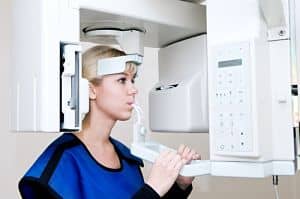
The researchers analyzed 1,287 panoramic radiographs obtained from patients referred for orthodontic treatment during a 1-year period (530 boys and 757 girls; mean age 14.2 years). Four observers evaluated the radiographs for 10 common errors, pathologies, and/or anomalies. Five of the errors were divided into clinically relevant or not clinically relevant errors, ie, those influencing diagnosis. Only those pathological findings with a possible influence on orthodontic treatment were compared with the patient’s record.
Of the 1,287 radiographs, the researchers reported that 96% had errors. The number of errors in each image varied between 1 and 5, and in 24% of these images the errors could be of importance for clinical decision-making.
According to the findings, the most common error was that the tongue was not in contact with the hard palate. Another common error was that the patient’s head was rotated, more often to the left than to the right, which could be explained by the construction of the panoramic equipment where the positioning aids are on the patient’s left side, the study authors noted.
The researchers found pathologies or anomalies in 558 patients and recorded a total of 1,221 findings. Findings of possible relevance for orthodontic treatment were 63, and 12 of those were registered in the patient records, the researchers noted.









